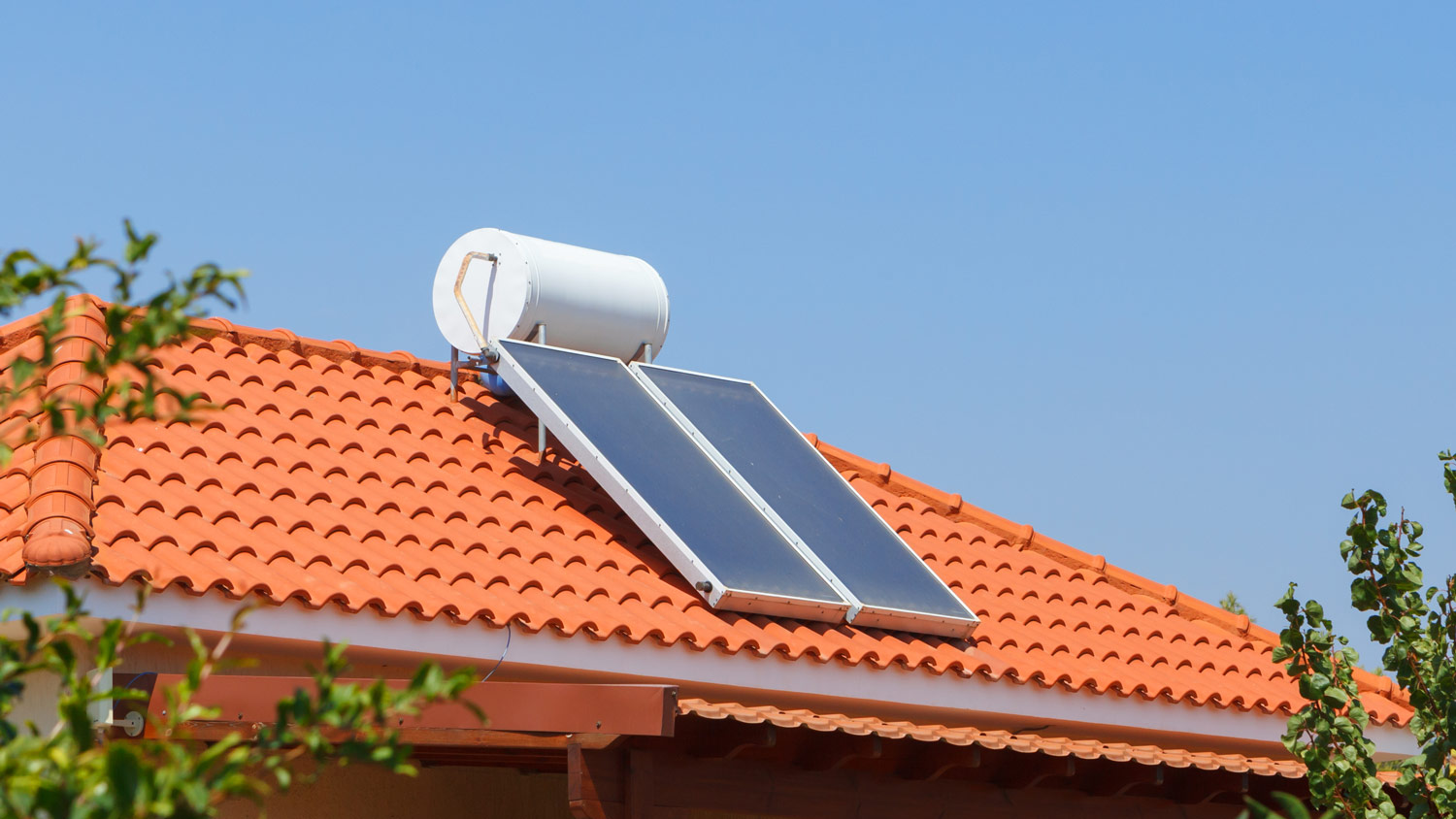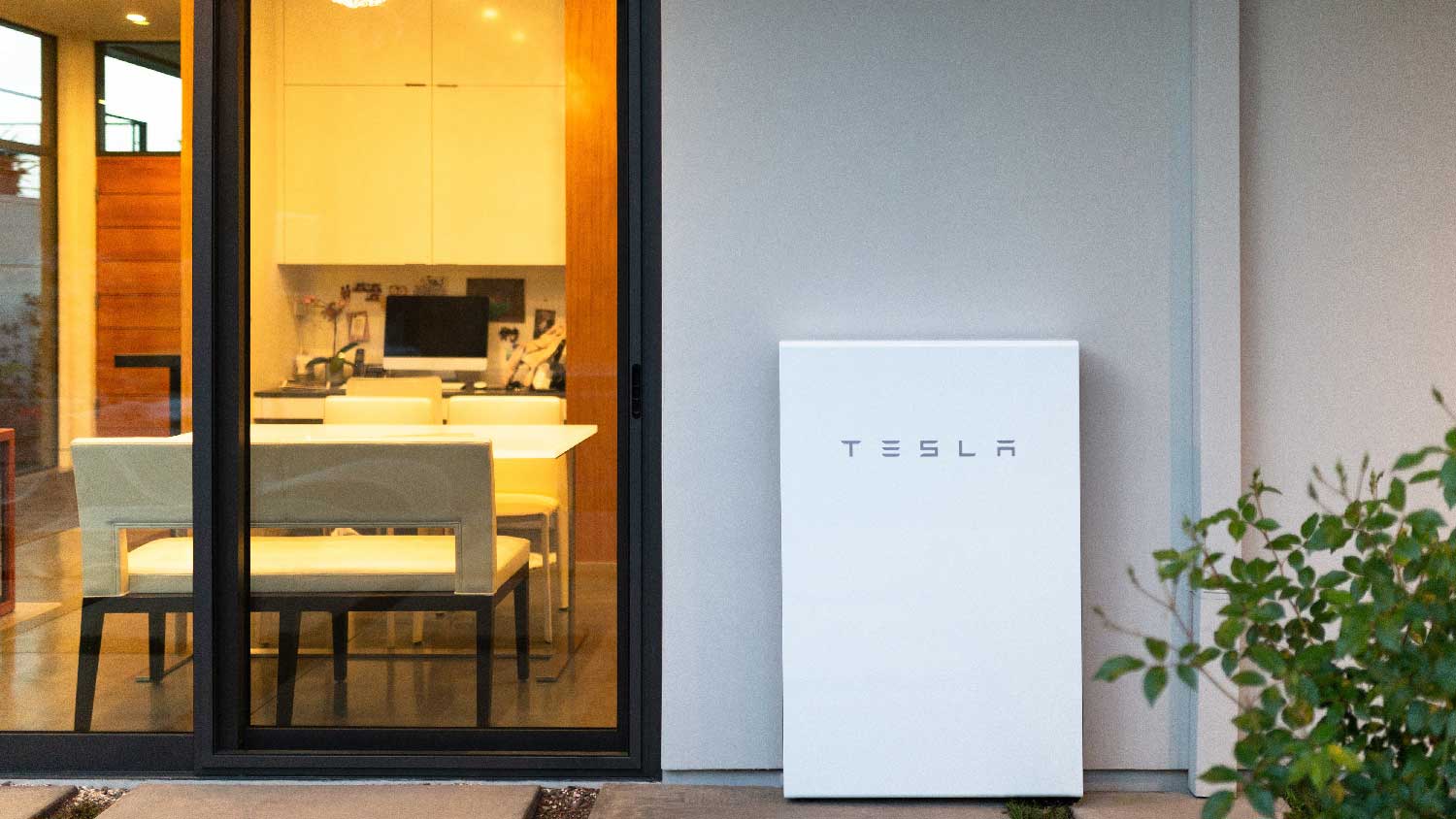
Get a clear estimate for solar water heater repair cost. Learn what impacts pricing and how to budget for your solar water heater repair.
Crank up the heat with a solar farm


Solar farms cost between $800,000 and $1.3 million for 1 megawatt of solar capacity.
On average, solar farms have an ROI of 10% to 20%.
The type of solar panels, land, location, and soil condition all play a role in the total cost.
Make sure you find a reputable solar developer to install your solar farm.
It can take three to five years for a solar farm to be approved for development.
Going on a cruise around town, you might notice those impressive blue solar panels on the roofs of more and more houses. Beyond the outskirts of your town, there may be an even bigger series of panels called solar farms. Why have panels when you can have a farm? This guide will give you all the tools to get started on a solar farm project.
A solar farm, also called a solar power plant or photovoltaic (PV) power station, is a renewable energy plant comprised of many PV solar panels. Much like a solar energy system for homes, these solar panels absorb the sun’s rays and convert that energy into electricity.
But, unlike a home solar panel system, solar farms send the electricity generated to the electrical grid to be distributed to homes or directly to paid subscribers.
Solar farms work by generating electricity from sunlight using solar panels. As the sun’s rays hit the panels, they activate the semiconductors inside them, enabling them to produce electricity.
There are three types of solar farms, though most residential solar farms fall into the latter two: utility-scale, community, and micro-community solar farms.
Utility-scale solar farms: Designed primarily to generate electricity for the utility company, these farms can take up thousands of acres in some instances and have a capacity of over 5 megawatts (MW).
Community solar farms: These farms distribute energy among a neighborhood of homeowners sharing in the solar ownership or a lease. They’re usually around 1 to 2 MW in size. Excess energy is sold to the grid.
Micro solar farms: These are small versions of community solar farms, and they tend to have a max capacity of under 1 MW.
Before you get started on a solar farm project, keep these tips in mind for making the most out of a solar farm investment:
Initial costs or investment: Creating a solar farm requires a large investment before you can get started. One of the biggest cost factors will be the size of the solar farm (including the number of panels) and the size of the property.
Location, location: Factor in the location of your site—you don’t want unexpected expenses like clearing out the land, long deliveries to the site, distance from the grid, and even shadows cast from mountains to interfere with your budget.
Electrical connections: Energy captured by the solar panels at solar farms arrives to substations via transmission lines. Then, the energy is transitioned into electricity to be used in residential homes and commercial buildings. If there aren’t any transmission lines near your solar farm, you’ll need to contact your utility company to install one, which isn’t always possible.
Research solar companies: Many solar farms are leased by solar companies, so make sure you read the fine print before you sign a lease agreement and talk to a lawyer to be on the safe side.
Know your neighbors: Make sure your community wants to switch to solar energy before building a solar farm to plan for the most accurate size.
Climate matters: Your climate might not yield high profits if you opt for a low-efficiency option like thin-film panels. Factor in the efficiency level you need to determine which panels and rack systems are financially wise.
Dig this: Soil quality can also affect your project. Rocky, uneven land is a pitfall for a solar farm project. You don’t want land that dips in the middle or soil too rocky to dig into for the rack installation.
Get up to code: Solar farms are a major project. As such, you’ll want to make sure you’re following regulations by acquiring permits and licenses ahead of time.
Solar investment tax credit: The U.S. Department of Energy supports renewable energy with a 30% solar tax credit that’s good through 2034. The credit changes to 26% in 2033 and to 22% in 2034 before ending in 2035.
Maintain and service: Like any equipment, solar farms need to be maintained and serviced at least twice a year, depending on how much rainfall, dirt, and debris are in your region. Solar panel repairs cost around $875.
Insurance: You’ll need an insurance policy that fits your solar panel, including liability insurance to cover damages to solar panels and other components.

Solar farms offer many benefits that make them worth their while, but these solar-converting machines aren’t for everyone. Here are some benefits and disadvantages of solar farms.
| Pros | Cons |
|---|---|
| They’re a form of renewable energy | Solar farms have a high up-front cost |
| They lower your carbon footprint by reducing emissions | You might need to lease from a solar developer if costs are too high |
| Solar farms are great for renters or homeowners with too little space for solar panels | Land acquisition is a must for starting a solar farm |
| They’re $1.70–$2.20 more affordable per watt than residential solar systems | You’ll need a large property to set up a solar farm |
| Solar farms have a high ROI of 10%–20%, depending on the efficiency of your equipment and climate | It can be costly and challenging to recycle old solar panels |
Installing a solar farm is like walking down a winding road—there are many steps to doing it right, and you don’t want to step into a pothole. Check out these steps to installing a solar farm to stay on track.
A solar farm is a major, lengthy project requiring professionals to do the job correctly. But not every professional is equal. Contact a solar panel company near you and look at reviews, ratings, testimonials, and credentials to steer clear of deals that seem too good to be true. It’s a good idea to call at least three reputable solar panel contractors and ask for details on solar farm projects they’ve recently completed to get a good idea of their experience levels.
After choosing a solar company, a solar developer will survey your land to ensure that the site is accessible, reaches the utility grid, and has access to water. When your solar developer deems your land suitable for a solar farm, this is when you can sign a solar lease agreement or purchase the renewable energy system with your own funding or grants.
Solar farms take only a few months to build, but you may find yourself impatiently waiting for siting and permitting. The permit process is complex because solar farms are subject to review processes by federal, state, and local regulators to ensure there are minimal environmental impacts.
The solar company you work with must submit a detailed construction plan for your project and even test out environmental studies with potential solutions if issues were to arise to get started on the project. This process can take three to five years.
After your solar farm is fully developed, you can begin producing energy and selling and distributing electricity to the grid and the community.
A 1-megawatt (MW) solar farm costs between $800,000 and $1.3 million, not including land. However, many solar farms are smaller than this, so there’s a great deal of flexibility in the cost of a solar farm. One-MW solar farms can power around 200 households, so if your goal is to power far fewer homes, you can potentially cut these costs in half to achieve your goals.
If you don’t have land yet, the national average for agricultural land is $3,200 per acre. Most 1-MW solar farms require approximately 6 to 8 acres of land, so add $19,200 to $25,000 to your budget to account for this expense.
Several factors can affect the cost of your solar farm, with the size of your farm being one of the most important factors. Larger farms require more acreage and equipment to generate enough electricity, but they also see the biggest ROI for solar farms, with earnings anywhere from $20,000 to $60,000 per MW. Other cost factors include:
Land acquisition
Equipment
Watts
Size
Proximity to the utility grid
Terrain
From average costs to expert advice, get all the answers you need to get your job done.

Get a clear estimate for solar water heater repair cost. Learn what impacts pricing and how to budget for your solar water heater repair.

Discover the Tesla Powerwall installation cost, including average prices, cost factors, and tips to help homeowners budget and save on their Powerwall project.

Discover the average solar panel installation cost, key price factors, and expert tips to help you budget for your solar project.

How do solar panels work and what exactly do they do? Learn all about solar power generation to decide if it’s the right decision for your home.

Upgrading your home’s power source to solar often requires the help of professional solar panel installation contractors. Here’s how to find the best.

Are there roof replacements that include solar? Get the facts here and learn whether you should replace your roofing before installing solar panels.